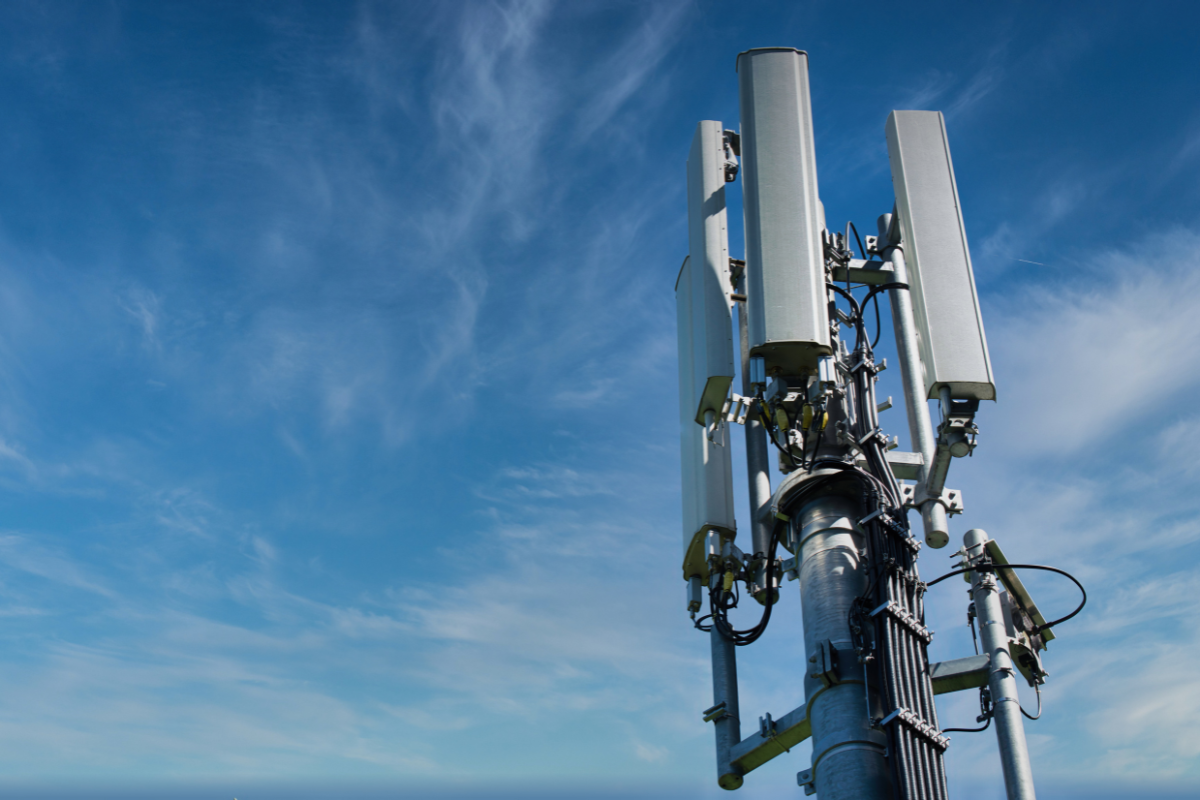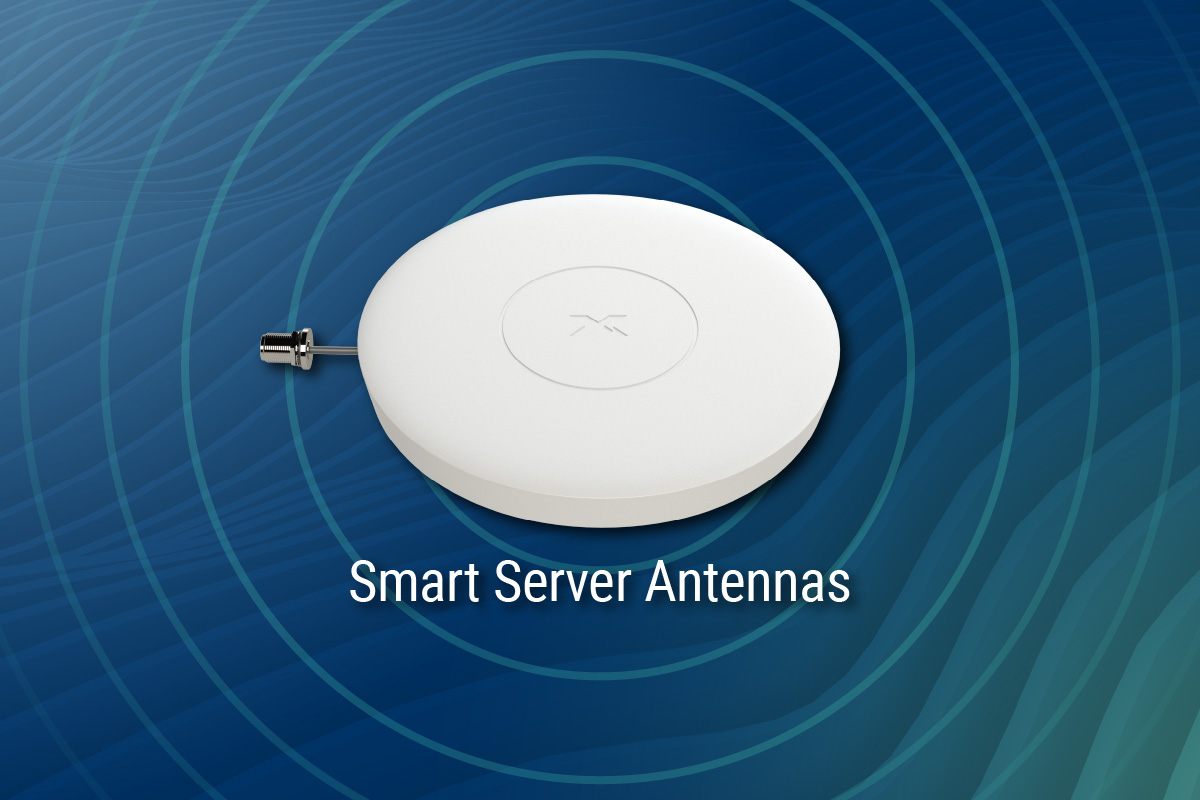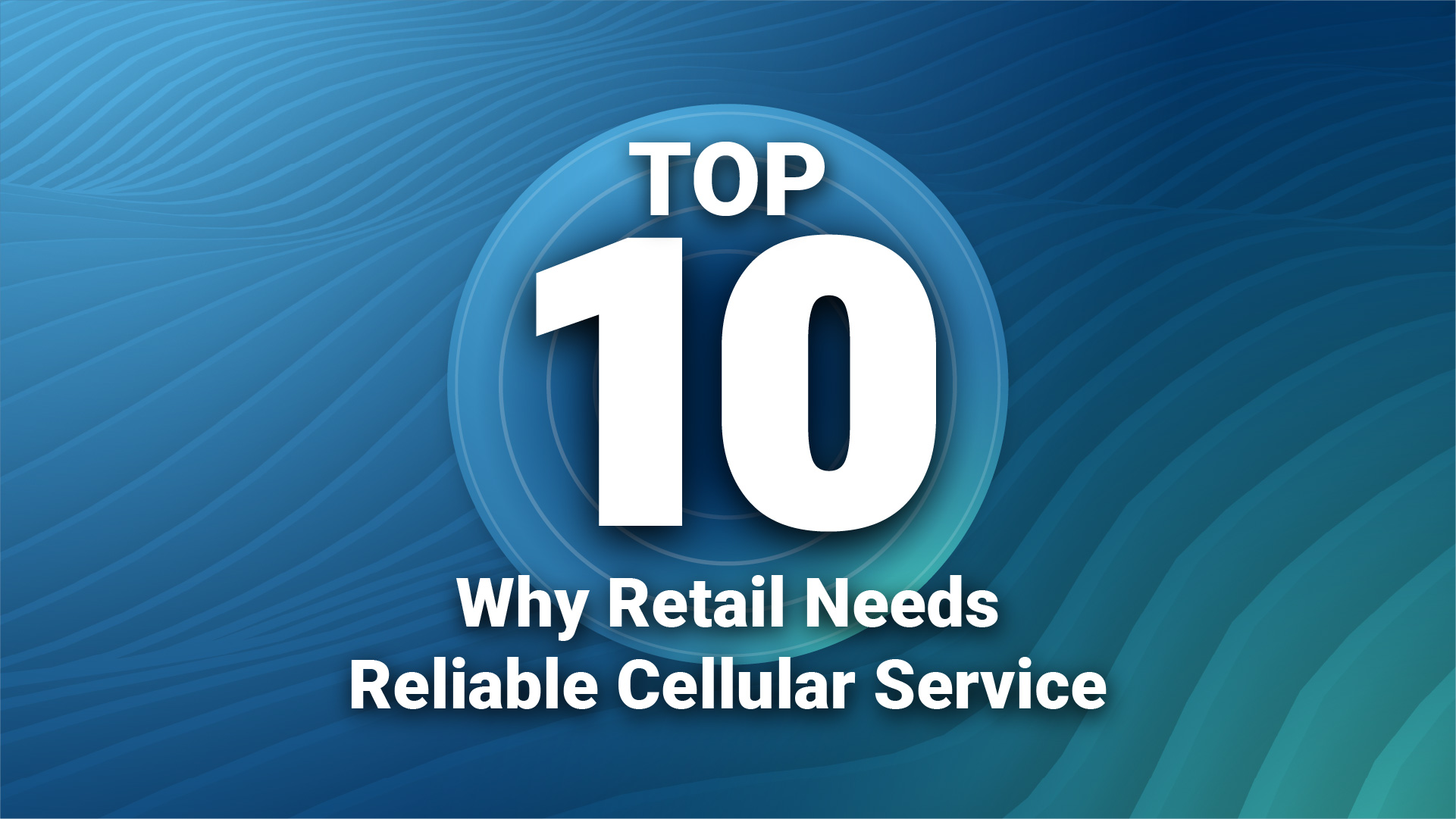Atlantic Technology Group solves cellular signal problems for law enforcement agency and major newspaper with new active DAS hybrid
Spotting disruptive technology is not always easy. Even so, the most successful channel partners I’ve worked with over the past 20 years are in tune with the ebbs and flows of market fluctuations. They constantly keep an eye out for opportunities to expand into bigger markets, leveraging new technologies that enable them to keep pace with, or ahead of, lucrative market trends.
Historically, there have been pretty clear lines between system integrators depending on the type of cellular coverage solutions they offer and the types of customers they are willing to service. There are big iron DAS integrators that only do massive venues over a million square feet; passive DAS installers of repeaters and coax for small businesses; broadband and cabling installers, microwave tower solution providers; as well as IT network and Wi-Fi installers that are contracted by IT departments.
Over the past year however, the lines between these integrators and installers have been blurring. This has occurred with the introduction of cellular connectivity technology for the massive and underserved middleprise market that provides the QoS of solutions at the top end of the spectrum, with a price point and remarkably faster and easier installation than virtually any installer in any of these niches could previously deliver.
Atlantic Technology Group, based in Maryland, is one of the integrators that has kept on top of the cellular connectivity technology market and related trends since 2002. They have strategically grown their product and service portfolio to help clients achieve the maximum ROI for their investments in mobile technology by specializing in solutions that improve cellular reception in commercial buildings.
The following two case studies showcase how Atlantic Technology Group has expanded its business in the last year by leveraging disruptive technology.
Cellular connectivity for nation-wide law enforcement agency
A law enforcement agency was having cellular coverage issues at several locations after transitioning from one service provider to another. The agency provided employees with cellular phones, but they were unable to get a signal when inside its buildings. To address these challenges across 10 different sites (ranging in size from 30,000 to 240,000 square feet) in locations from Seattle to Maryland, the agency turned to Atlantic Technology Group.
“There were a multitude of factors at the different locations that were causing the poor indoor signal, from RF blocking and building materials to the environment outside,” says Keegan Harrington, project lead at Atlantic Technology Group.
To solve these coverage challenges for the agency, Atlantic Technology Group installed CEL-FI QUATRA, an active DAS hybrid, at all 10 locations.
When cinder block is no match for a cellular antenna
One agency location outside of Washington, DC was 240,000 square feet and had experienced cellular service issues since it was built. The building had a fire control laboratory where tests and investigations were done. Equipment to improve cellular coverage could not be installed inside the labs due to the type of testing that was done.
“There was terrible service in the laboratories, especially in the basement. There were cinder block walls about two feet thick and a lot of windows,” says Harrington.
Atlantic Technology Group installed five network units (NUs), the head ends of the system, and put 20 coverage units (CUs) – which are the remote internal antennas – in the hallways and office space. They installed 5 MIMO antennas on the roof as they wanted one antenna per NU to facilitate specific management of each individual NU.
“We weren’t allowed to put things in the labs, so we put coverage units in the hallways and office space to bleed through signal into the labs,” explains Harrington. “We were able to push through the windows and cinder blocks because system has 100 dB gain, so this strong signal made the bleed-through possible. With a passive DAS, you get only 72 dB gain.”
The other law enforcement agency locations had both similar and unique challenges, but according to Dan Connelly, president of he Atlantic Technology Group, the active DAS hybrid was an effective solution for each. “We were able to go into 10 different locations, including some pretty big facilities, and within a few months got all these sites done to rapidly assist the client during their transition from one carrier to another.”
Nothing stops the news, except poor cellular reception
The Atlantic Technology Group was also called in to help a major daily newspaper that relies on its corporate AT&T subscription to ensure staff are connected while working in its Washington D.C. newsroom. However, reporters and other employees on the AT&T network experienced spotty coverage and dropped calls when using their cellphones inside the eight-story building that spans a city block and houses the newspaper’s 350,000 sq. ft. headquarters.
“Reporters were actually walking outside the building to take their cell calls or were stuck near their desks waiting for important calls to come in, which hurt productivity,” says Connelly. “They got a great signal outside, but the reception inside the building was really lousy.”
A multitude of factors – mainly its location in the heart of Washington D.C. and its building materials (concrete and glass) – were blocking AT&T cellular signals inside the building. The passive DAS that was already in place inside the office building did not improve the poor AT&T signal.
To resolve the problem, Atlantic Technology Group proposed CEL-FI QUATRA, but before installing it throughout all eight floors, they agreed to set up one floor as a proof of concept using one NU and three CUs. Based on the initial results, the newspaper agreed to expand the installation to all eight floors.
Since the building is leased, Atlantic Technology Group also reviewed the site survey with the building owner and got their approval for antenna placement on top of the building.
“The nice thing about the Nextivity solution is that the antennas are very non-obtrusive. They’re relatively small in size, not these big satellite antennas. Building owners are typically pleased with the size,” says Harrington.
Overcoming every potential obstacle
Washington D.C. is a very congested environment with a lot of interference from other cellular traffic. “In the heart of DC, no matter where you are, inside buildings the signal doesn’t always give you a good signal to noise ratio,” explains Harrington. “It was pretty bad on the roof, and we had to move the antennas many times to get the best signal.”
According to Harrington, they used the installation tools provided with system to determine the best positioning of the antennas. “We used the CEL-FI MIMO antennas, with data and voice on separate ports, and moved the antennas many times to get the best signal. We used Nextivity’s AntennaBoost solution to determine the best direction. Then we went into the individual NUs with CEL-FI WAVE to see the signal to noise ratio and looked at the RSRQ and RSRP, RSSI and SINR to see the gain we were getting. In the end, we had to point the external roof antennas down to get out of the noise area.”
Hard ceilings in the building were another issue encountered. This was resolved by putting the CUs in strategic locations, such as lights and access panels. Harrington explains that because the system utilizes Power over Ethernet (PoE) and RF over Ethernet, there was a lot of flexibility on where the coverage units could be placed.
“With PoE it is easier because you don’t have to find a source to light up your coverage unit. Not too many companies have power sources in the ceiling. You would have to get an electrician out to either put in power or power cables hanging from the ceiling, which wouldn’t work,” says Harrington. “The client also really liked the way the coverage units look. They look like access points, so blend in well with their existing infrastructure.”
Atlantic Technology Group was also able to use the newspaper’s existing category cable runs. “This saved the client money and saved us time. I like working with ethernet cable more than coax – it costs a lot less. It’s also thinner, so it doesn’t snag as much if I have to go through holes. It’s also easier to run. The installation would have taken at least an extra week to run the cable if we didn’t use the existing cable.”
Almost one year after installation, Harrington reports that the client hasn’t called with issues relating to cellular coverage.
For more information about the disruptive active DAS hybrid used by Atlantic Technology group to solve the cellular connectivity issues of these clients, download the whitepaper: Simplifying Cellular Coverage for the middleprise with CEL-FI QUATRA.
A version of this article was originally published by ChannelVision Magazine



